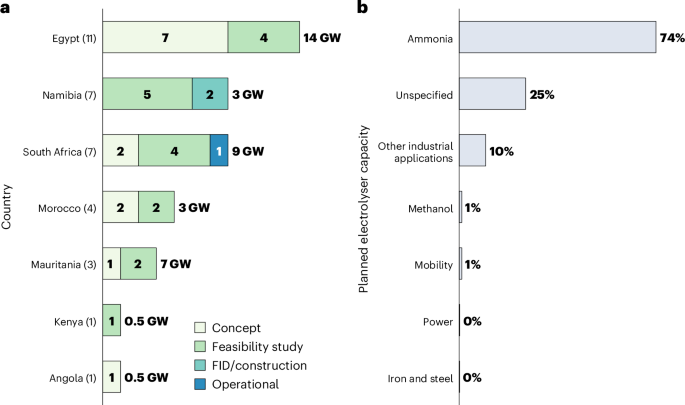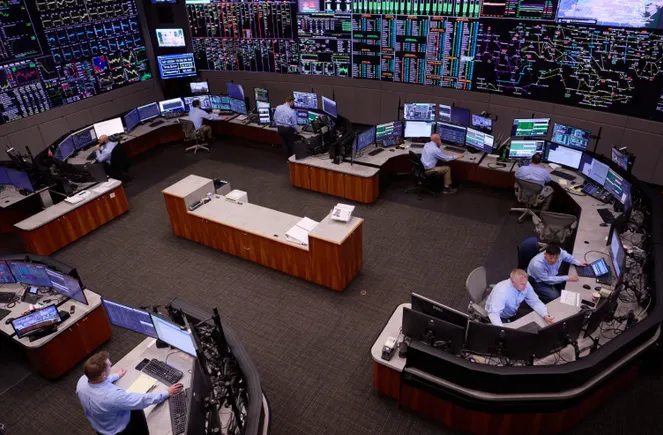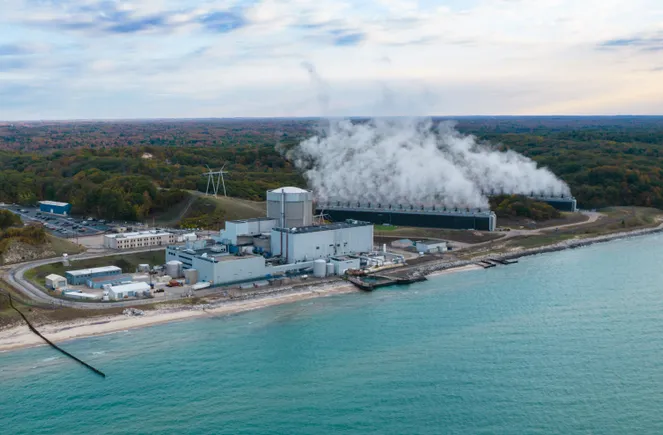How shippers can prepare for supply chain disruptions
FreightWaves recently partnered with G3 Logistics and EY to host a webinar on supply chain disruptions and strategies to stay flexible during transitionary markets. With a good plan and robust technology, shippers can be poised to not only mitigate losses, but also to capture new market shares during unexpected shifts. The post How shippers can prepare for supply chain disruptions appeared first on FreightWaves.


The volatile intersection of manufacturing and delivery processes in today’s rapidly changing global environment presents numerous challenges, but it can also create opportunities for well-positioned companies to grab larger market shares and shore up operations.
On May 20, FreightWaves collaborated with G3 Logistics and EY to host a webinar on the complex landscape of supply chain disruptions and the strategic opportunities they present.
FreightWaves’ Mary O’Connell sat down with Jonathan Hanak, principal, strategy for EY, Nicole Ostertag, head of solutions and strategy at G3 logistics, and Adam Cooper, principal, supply chain and operations for EY, to gain expert insight into navigating supply chain disruptions.
Forces across the entire supply chain system, from geopolitical tensions to commodity price fluctuations, economic volatility and trade uncertainties, have created unprecedented challenges for businesses.
“It’s an incredibly volatile time,” said Hanak. “Manufacturing processes directly impact delivery processes and vice versa, creating a deeply interconnected system where disruptions in one area cascade throughout the entire chain.”
Tariff uncertainties are just one recent example of the type of massive supply chain disruption that can cause these cascades. “Many companies ramped up for a date in April that changed very quickly,” said Ostertag. “Now we’re all in a ‘wait-and-see period’ ahead of anticipated July changes.”
The Russia-Ukraine conflict was another major disruptor that affected not only rail and road freight in Europe, but also sea freight.
The Black Sea was heavily restricted, with key ports shut down. This disruption impacted over $300 billion in global trade, and rerouting increased costs by 15%-25% for many European and Asian routes.
Manufacturing operations have been significantly affected by these disruptions. Many manufacturers have been engaging in raw material stockpiling in an attempt to hedge against uncertain future costs.
“Companies have been trying to figure out, ‘How do I understand what this is going to do to my unit cost or my conversion cost metric?’” Cooper said.
This proactive stockpiling has subsequently led to production schedule adjustments as manufacturers now work to utilize these accumulated materials. “It creates a delicate balancing act between plant capacity and demand forecast,” Cooper said.
Technological foundations are critical for navigating today’s supply chain challenges. According to Ostertag, organizations without certain basic technological capabilities are already behind their competitors.
“Real-time visibility platforms are essential today,” Ostertag said. “You have to know exactly where your load is and what its status is. You have to be able to verify information like the inventory of a particular SKU in real time at your warehouse.”
These capabilities are no longer optional, but fundamental requirements for effective operations in today’s environment. For any company to remain flexible, diversifying transportation strategies is of critical importance.
“If events in the last five years have taught us anything, it’s that multimodal, diversified strategy is critical in transportation now,” Ostertag said. “If there’s a major port strike or a railroad labor negotiation or if the truck market consolidates again, you need contingencies.”
Companies that rely exclusively on a single transportation mode significantly limit their ability to adapt quickly when disruptions occur, an increasingly common scenario in today’s supply chain environment.
Structured risk management plans are now essential, particularly regarding cybersecurity threats.
“Because of the technology we rely on, nothing has the ability to ruin a supply chain faster than a widespread cyberattack,” Ostertag said.
Cyberattacks account for over a third of the recorded supply chain disruptions every single year, a fact that underscores the importance of robust cybersecurity measures as part of a comprehensive risk management strategy.
The move from pure just-in-time inventory models toward hybrid approaches incorporating just-in-case elements has been a significant shift. This doesn’t necessarily mean maintaining higher inventory levels at every distribution point, but rather taking a more strategic approach.
“If you think about how to structure your business around a just-in-case case model, it doesn’t mean that you have to have more inventory at every single one of your distribution centers,” Ostertag said. “It might just mean strategically placing backup inventory at one centralized distribution center in a place such as Chicago or Memphis, where you can access most of the U.S. within a one- or two-day transit or by having something like an air freight provider relationship with which you can overnight a critical repair part.”
Many companies are increasingly adopting this balanced approach, according to Ostertag.
“We’re seeing a shift from the small inventory, just-in-time model to a more flexible just-in-case model, and that is making folks more resilient to those big disruptions,” she said.
3PLs can offer significant advantages in managing growth and scaling operations.
“A 3PL can essentially scale for you, and a good 3PL has the ability to do so with a presence around the country where they’re pre-investing,” Ostertag said.
This approach, she says, allows companies to test new markets with smaller footprints and then grow into them over time or as quickly as needed instead of having to make all of those investments directly. Relying on a 3PL to scale provides both flexibility and reduced capital requirements during expansion.
The sustainability benefits of incorporating rail transport into supply chain strategies are yet another reason to diversify transportation methods.
“Rail is really the most sustainable way for most of us to get our products to move around the country, often up to four times more fuel efficient than truck,” Ostertag said.
Due to the interconnected nature of manufacturing and logistics decisions, planning for rail transport requires upstream adjustments to production processes and inventory planning.
One interesting strategy includes using rail transport as mobile inventory storage, according to Hanak: “I’ve had some clients lower their overall inventory storage capacity by putting their goods in movement, and that strategy has worked well for them,” he said.
According to Ostertag, Cooper and Hanak, three core elements are essential for navigating today’s supply chain challenges:
- Data integration: Moving from physical to digital operations to leverage AI and analytics tools.
- Operational agility: Developing standardized processes with built-in flexibility to respond to changing conditions.
- Workforce development: Recognizing that even with advanced technology, human talent remains a fundamental differentiator for companies.
While manufacturing no longer dominates the U.S. economy in terms of GDP contribution, there is significant sector-specific activity in manufacturing infrastructure development. The ability to pivot and expand capacity varies widely by industry, with automotive, semiconductor and plastics value chains each facing unique challenges and opportunities.
Click here to watch the webinar on demand.
Click here to learn more about G3 Logistics.
The post How shippers can prepare for supply chain disruptions appeared first on FreightWaves.




















































































































































